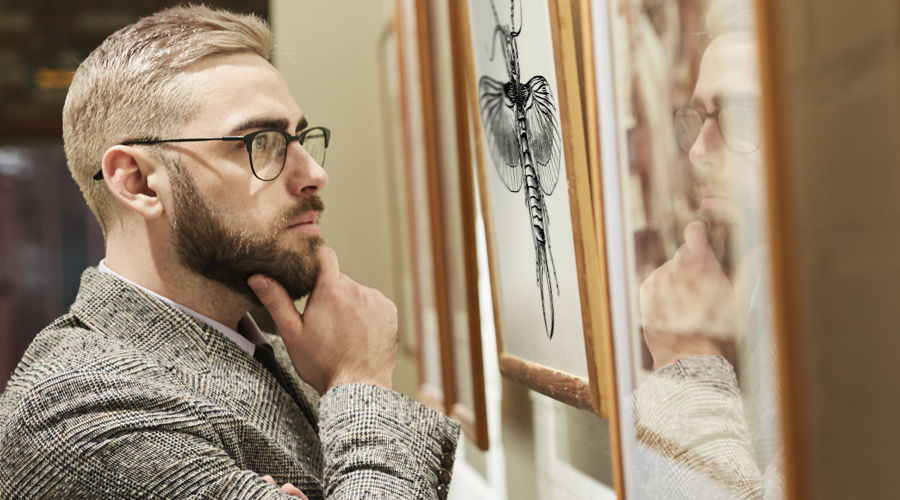
The Role of Scientific Illustration in Public Education: Its Importance in Spreading Knowledge.
Introduction
In the vast landscape of education, where words often find their match in visuals, scientific illustration emerges as a silent yet powerful educator. As we navigate the intricate realms of learning, the role of scientific illustration becomes a beacon, illuminating complex concepts, sparking curiosity, and bridging the gap between intricate scientific jargon and accessible knowledge.
Bridging the Gap between Complexity and Comprehension
Scientific subjects, with their intricate details and complex structures, can often feel like uncharted territories for learners. Enter scientific illustration – the visual storyteller that navigates these complexities with finesse. Through meticulous depictions of anatomical structures, biological processes, or astronomical phenomena, scientific illustrators bring clarity to the intricate tapestry of knowledge. A well-crafted illustration serves as a visual guide, leading learners through the labyrinth of information with precision and clarity.
Cultivating Curiosity and Engagement
The allure of scientific illustration lies not just in its precision but also in its ability to ignite curiosity. Humans are inherently visual beings, drawn to images that tell stories and evoke emotions. In the realm of education, this translates into a powerful tool for engagement. Scientific illustration captivate attention, turning the learning process into an immersive experience. Whether exploring the inner workings of a cell or the vastness of the cosmos, the vivid imagery created by scientific illustrators invites learners to embark on a visual journey, making education a captivating adventure.
Enhancing Retention and Comprehension
The impact of visual aids on memory and comprehension is well-established, and scientific illustration stands as a testament to this principle. By translating abstract concepts into tangible visuals, these illustrations become memory anchors. Learners not only see but also understand, creating lasting impressions that go beyond the pages of textbooks. Whether in classrooms, textbooks, or online learning modules, the incorporation of scientific illustration enhances the retention of knowledge and fosters a deeper understanding of intricate subjects.
Fostering Inclusivity and Accessibility
One of the remarkable aspects of scientific illustration is its ability to make knowledge accessible to diverse audiences. In a world marked by linguistic and cultural diversity, visuals serve as a universal language. Scientific illustrations break down language barriers, allowing knowledge to transcend geographical and linguistic boundaries. This inclusivity ensures that education becomes a shared experience, reaching individuals from various backgrounds and fostering a sense of unity in the pursuit of knowledge.
The Future of Education: A Visual Symphony
As we journey into the future of education, scientific illustration stands poised to play an increasingly vital role. In the era of digital advancements and interactive learning, these visuals evolve into dynamic tools, offering 3D animations, virtual simulations, and immersive experiences. The marriage of technology and artistic skill amplifies the impact of scientific illustration, promising a future where learning is not just informative but also a visual symphony of discovery.
In conclusion, the role of scientific illustration in public education is indispensable. It goes beyond the mere depiction of facts; it is a catalyst for curiosity, a bridge between complexity and comprehension, and a visual language that transcends boundaries. As we celebrate the artistry and significance of scientific illustration, let us acknowledge its pivotal role in shaping a more visually literate and informed society.